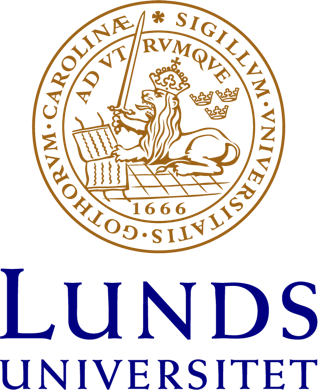2014-08-28
Investigations into the communicative employment of force in rhetoric, modal meaning, and visual aesthetics
Line Brandt, Centre for Cognitive Semiotics
This talk given at the onset of the new semester will be an introductory presentation of my current research interests. The application of force, in its variant forms, is a key factor in all three of my ongoing projects: (1) the persuasive force of Fictive Interaction in argumentative discourse (rhetorical force); (2) the speech-act force of the semiotic base space, along with the physical, social, or epistemic types of force expressed by modal verbs (modal force); (3) the dynamic perception of aesthetically staged visual forms (force dynamics).(3) The project is an innovative cross-disciplinary study of the phenomenology of aesthetic perception, integrating philosophy (phenomenology and aesthetics), neuroscience (relating to object perception), mathematics (dynamical systems theory), cognitive psychology and cognitive linguistics (theories of force dynamics, modal meaning and metaphor). By bringing together a range of hitherto separate theories, it investigates the temporal dimension of object perception: the way forces appear to the viewer to have acted on the object, causing its present shape (M. Leyton's theory of shape derivation), as well as a perceived potential for future state transitions when opposing forces pull in different directions, causing a sense of tension. The project will develop a method for modeling the balance/imbalance of opposing forces, integrating the linguist Len Talmy's theory of 'force dynamics' with mathematician René Thom's 'catastrophe theory', a theory of state transitions, so-called 'catastrophes'. The material studied is two-fold: sculptures and buildings from the 20th-21st century modernist era (1920-present), as well as expert/non-expert descriptions of these same artifacts. Our experience of shape is hypothesized to be grounded in 'enactments' of bodily motion; ultimately, therefore, the project's assimilation in its theoretical perspective of 'embodiment' will address the deep question in aesthetics of why we respond emotively to artistic design in the first place.
